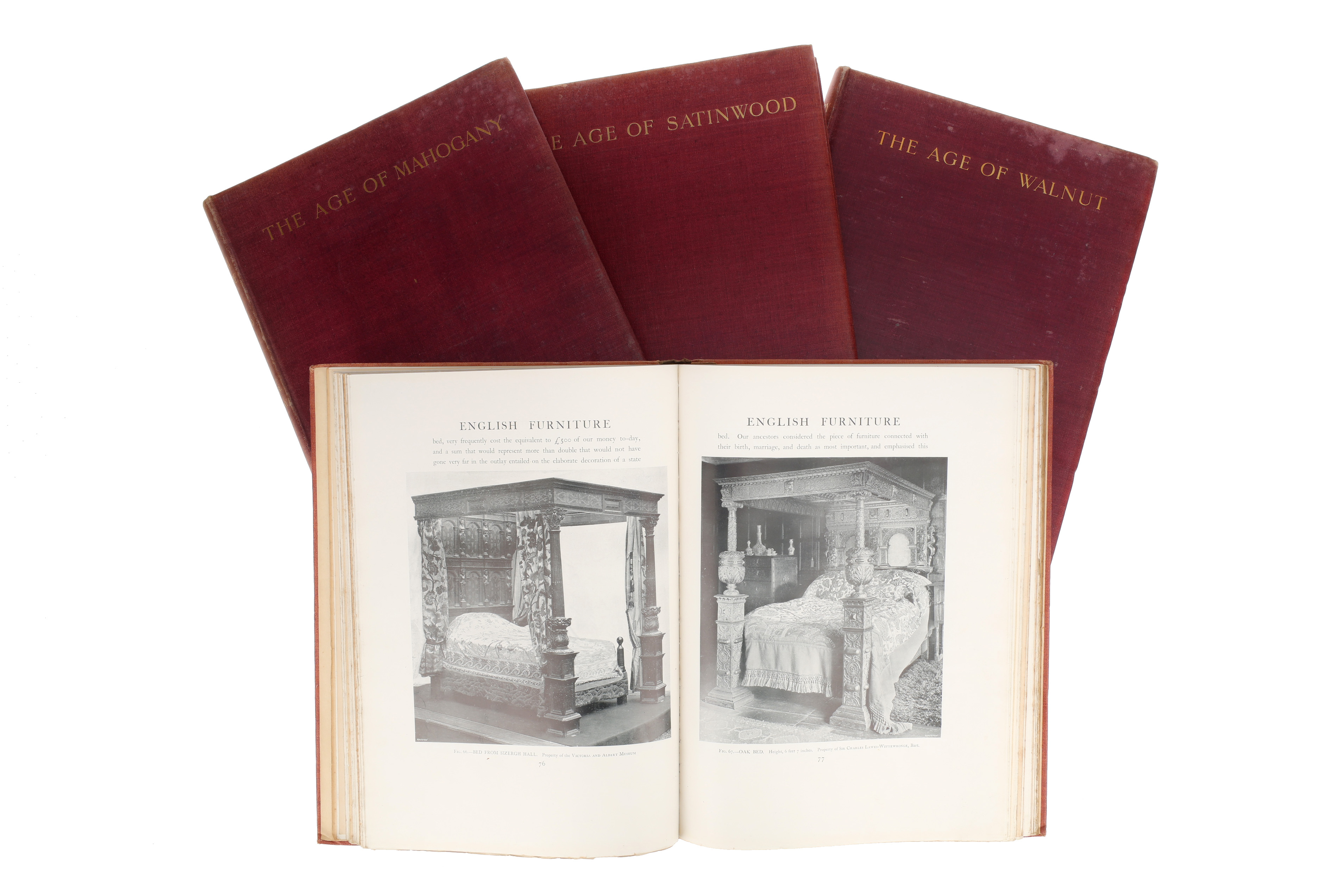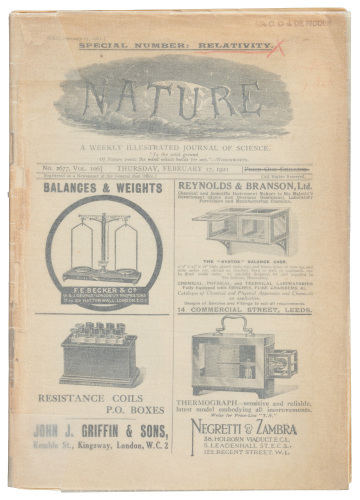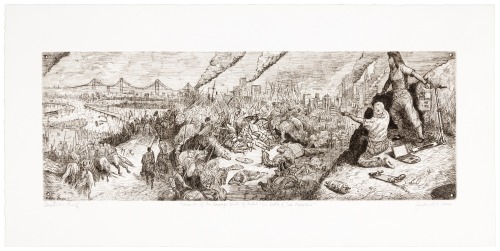A Historical Overview of English Furniture: From the Age of Oak to the Age of Satinwood
Percy MacQuoid
Published by Lawrence & Bullen Ltd. 1904-1908, London
This four-volume collection offers an in-depth exploration of the evolution of English furniture across several distinct periods. Authored by Percy MacQuoid a prominent British theatrical designer and avid collector of English furniture, these volumes serve as a comprehensive guide to the changing styles and materials that have defined English furniture from the 16th century through the early 20th century.
Overview of the Volumes
MacQuoid’s work documents the historical progression of furniture design, examining how cultural and artistic influences shaped the aesthetic and functional aspects of furniture in England over several centuries. Each volume delves into a specific era, defined by the predominant use of certain materials and styles:
The Age of Oak (1500-1660)
Published in 1904, this volume explores the period known as the Age of Oak, characterized by robust and durable furniture crafted primarily from oak wood. The book features a colored frontispiece, fourteen full-color plates, and two hundred and fifteen in-text figures, providing rich visual references to the pieces discussed.
The Age of Walnut (1660-1720)
Released in 1905, this volume shifts focus to the Age of Walnut, marking the transition to lighter, more ornate designs made from walnut wood. The influence of the Restoration and subsequent Dutch styles is evident in this period, and the book includes fifteen color plates and two hundred and twenty-three in-text figures to illustrate the finer details of this era’s craftsmanship.
The Age of Mahogany (1720-1770)
Published in 1906, this book covers the Age of Mahogany, a time when mahogany became the preferred material for furniture due to its rich color and fine grain. This volume is illustrated with a colored frontispiece, fourteen full-color plates, and two hundred and fifty-four in-text figures, showcasing the elegance and sophistication of furniture from this period.
The Age of Satinwood (1770-1820)
The final volume, published in 1908, addresses the Age of Satinwood, a period marked by the delicate and refined use of satinwood in furniture design. This era is distinguished by a neoclassical aesthetic that emphasizes lightness and symmetry. The volume includes fifteen color plates and two hundred and forty-three in-text figures, offering a detailed visual record of this period in English furniture history.
Illustrations and Contributions The visual aspect of these volumes is enriched by the illustrations of Shirley Slocombe, a renowned British artist and printer. Slocombe’s detailed and vivid illustrations complement MacQuoid’s text, providing readers with an understanding of the furniture pieces discussed.
Significance of the Collection MacQuoid’s work is not just a chronological record; it also offers insightful commentary on the broader cultural and artistic trends of each period. By analyzing the themes and styles of the Renaissance, Gothic, Restoration, and Dutch influences, MacQuoid provides a holistic view of the evolution of English furniture. This collection is an invaluable resource for historians, collectors, and anyone interested in the history of interior design.
A Historical Overview of English Furniture: From the Age of Oak to the Age of Satinwood
Percy MacQuoid
Published by Lawrence & Bullen Ltd. 1904-1908, London
This four-volume collection offers an in-depth exploration of the evolution of English furniture across several distinct periods. Authored by Percy MacQuoid a prominent British theatrical designer and avid collector of English furniture, these volumes serve as a comprehensive guide to the changing styles and materials that have defined English furniture from the 16th century through the early 20th century.
Overview of the Volumes
MacQuoid’s work documents the historical progression of furniture design, examining how cultural and artistic influences shaped the aesthetic and functional aspects of furniture in England over several centuries. Each volume delves into a specific era, defined by the predominant use of certain materials and styles:
The Age of Oak (1500-1660)
Published in 1904, this volume explores the period known as the Age of Oak, characterized by robust and durable furniture crafted primarily from oak wood. The book features a colored frontispiece, fourteen full-color plates, and two hundred and fifteen in-text figures, providing rich visual references to the pieces discussed.
The Age of Walnut (1660-1720)
Released in 1905, this volume shifts focus to the Age of Walnut, marking the transition to lighter, more ornate designs made from walnut wood. The influence of the Restoration and subsequent Dutch styles is evident in this period, and the book includes fifteen color plates and two hundred and twenty-three in-text figures to illustrate the finer details of this era’s craftsmanship.
The Age of Mahogany (1720-1770)
Published in 1906, this book covers the Age of Mahogany, a time when mahogany became the preferred material for furniture due to its rich color and fine grain. This volume is illustrated with a colored frontispiece, fourteen full-color plates, and two hundred and fifty-four in-text figures, showcasing the elegance and sophistication of furniture from this period.
The Age of Satinwood (1770-1820)
The final volume, published in 1908, addresses the Age of Satinwood, a period marked by the delicate and refined use of satinwood in furniture design. This era is distinguished by a neoclassical aesthetic that emphasizes lightness and symmetry. The volume includes fifteen color plates and two hundred and forty-three in-text figures, offering a detailed visual record of this period in English furniture history.
Illustrations and Contributions The visual aspect of these volumes is enriched by the illustrations of Shirley Slocombe, a renowned British artist and printer. Slocombe’s detailed and vivid illustrations complement MacQuoid’s text, providing readers with an understanding of the furniture pieces discussed.
Significance of the Collection MacQuoid’s work is not just a chronological record; it also offers insightful commentary on the broader cultural and artistic trends of each period. By analyzing the themes and styles of the Renaissance, Gothic, Restoration, and Dutch influences, MacQuoid provides a holistic view of the evolution of English furniture. This collection is an invaluable resource for historians, collectors, and anyone interested in the history of interior design.







.jpg)







Testen Sie LotSearch und seine Premium-Features 7 Tage - ohne Kosten!
Lassen Sie sich automatisch über neue Objekte in kommenden Auktionen benachrichtigen.
Suchauftrag anlegen